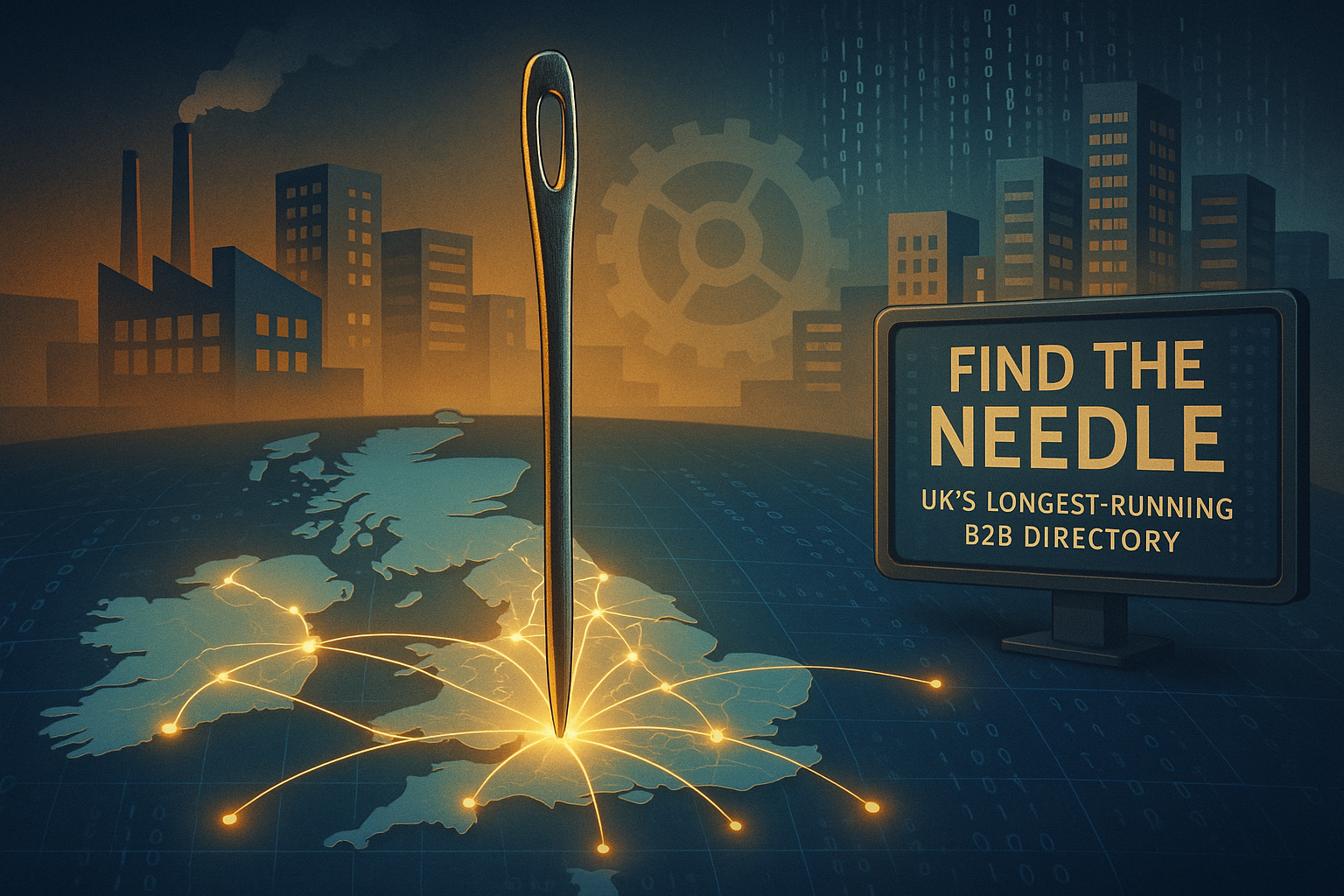Why Use Laser Cutting?
- 01 Feb 2016
- Articles
Companies such as Trumpf then developed the laser cutting machine and it was originally thought of as a solution waiting for a problem. You can read more about the history of laser cutting in Trumpf here http://www.trumpf.com/en/company/history/of-the-company.html
No-one could have predicted how this technology would develop to become one of the most widespread technologies used in manufacturing.
If you can draw it you can cut it!
One of the main attractions of laser cutting is its flexibility in producing almost any shape that can be drawn. This has led to its adoption in almost all industries from automotive manufacturing to specialist cutting of clock faces.
Speed of manufacture
Before laser cutting became widely adopted in manufacturing companies had to buy traditional tooling to cut even the simplest of designs. These tools had to be manufactured which meant the piece part costs for producing a small number of parts were unfeasibly high.
For example, if you wanted 1000 off 100mm x 100mm plates from 3mm mild steel the cost of building a tool would be almost 10 times as much as getting the parts laser cut.
Modifications
Another major benefit of using laser cutting over tooling is that the machines are programmed off line. So take the 100mm plate that was mentioned above, let’s say that you now wanted two 5mm holes in the plate. With a laser you would just change the offline programme and then just pay the same cost again to get the parts laser cut. But if you had originally purchased a tool you would then need to modify the tool at additional cost and wait a few weeks for the modification to be carried out and then pay for the parts to be pressed.
Prototypes
Prototype manufacturers have also been revolutionised by the laser cutting machine. They are often asked to produce a working prototype for a part that may be required in a million units or more. In this instance a hard tool is possibly more economical. However, the problem is that they may want to make some changes to the prototype before going into production, this presents a problem as each change would need a costly and time consuming change to the tool. Hence, many prototype companies use laser cutting to produce the first few parts that require modifications or to prove a concept. Ultimately this saves money over modifying tooling and also has the added benefit of reducing the amount of time from prototype to production.
From flat to 5 axis laser cutting
The first laser cutting machines were only able to cut in 2 axis, or to put it another way they could only cut flat sheets of metal. However, the automotive industry and then the aerospace industries realised that there were considerable cost saving measures that could be made by cutting in 5 axis.
What this meant is that metal parts with form, extrusions and tubes could now be laser cut rather than hard tooled. As well as all the benefits compared to hard tooling 5 axis laser cutting also allowed designers to become more adventurous as holes could be put into tubes and pressings without worrying about deformation.







